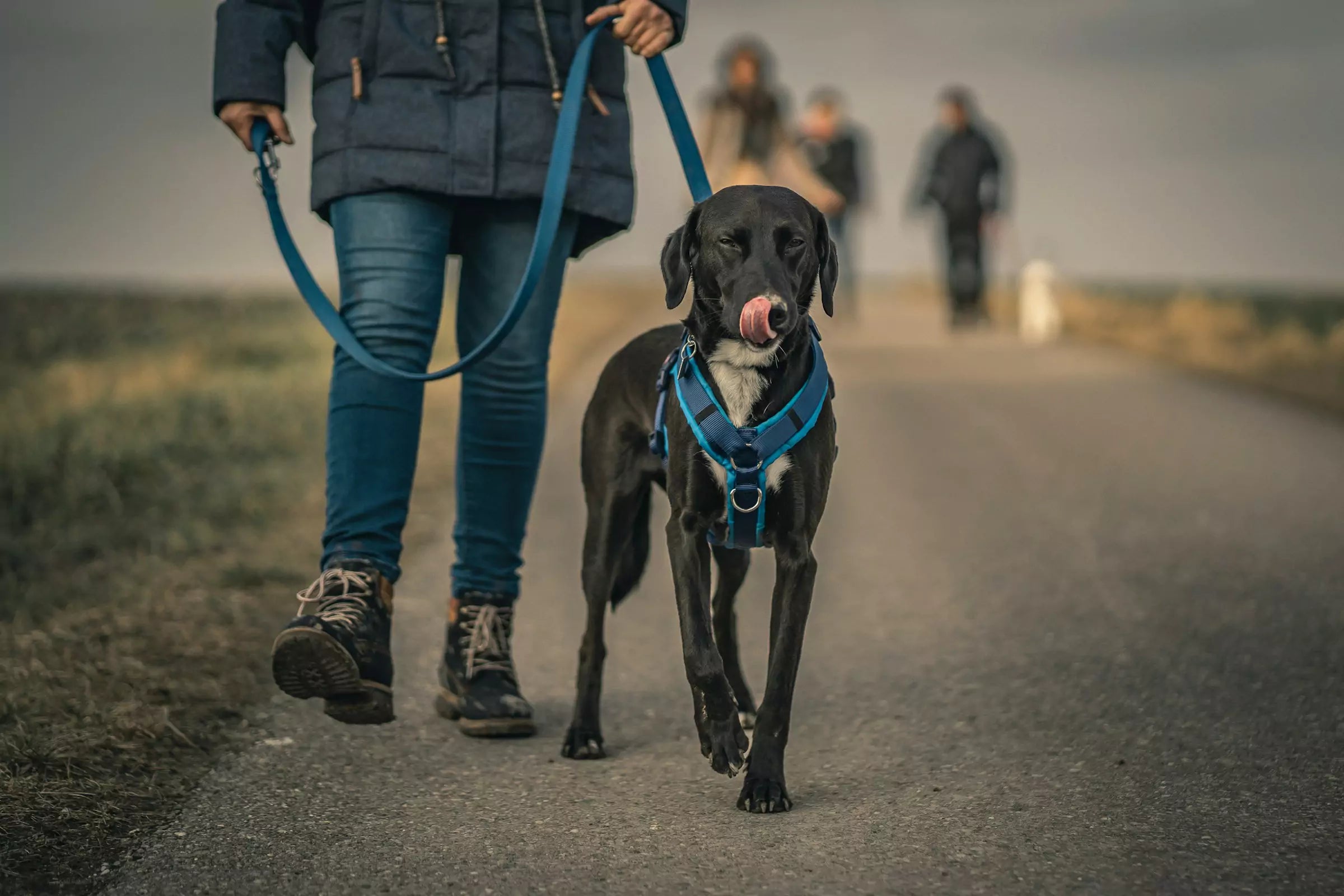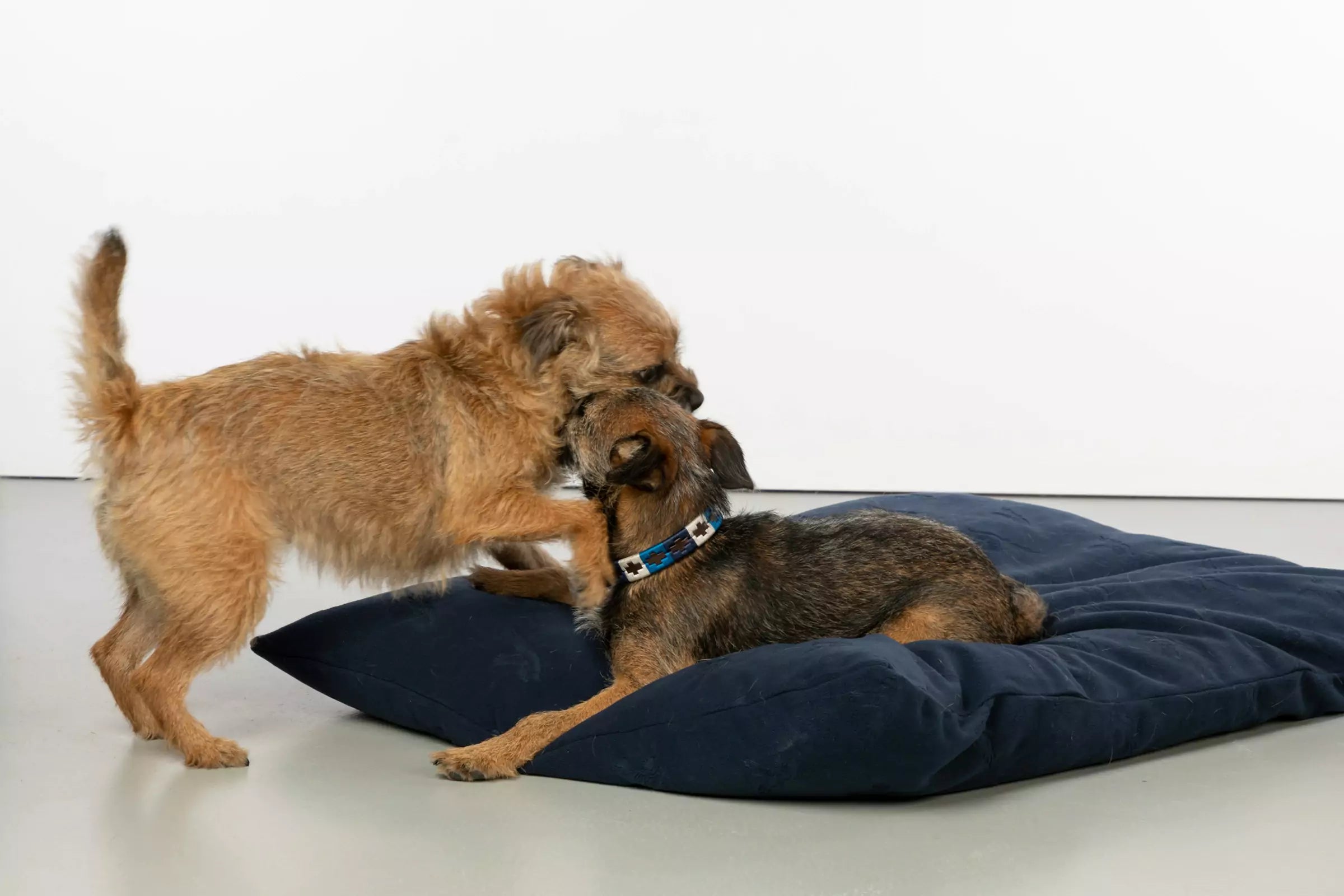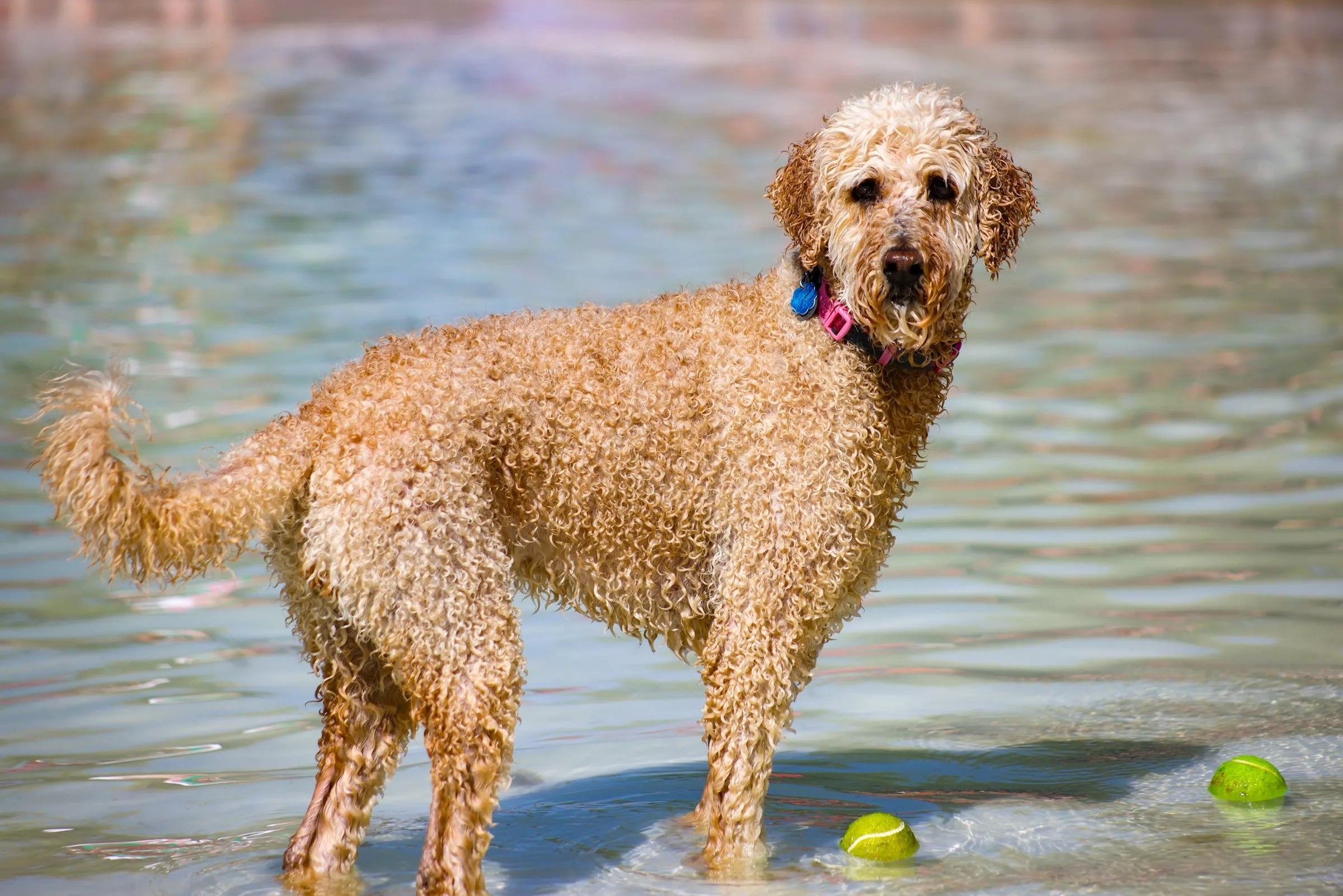Introduction
As a fellow dog parent, I know how much you want the best for your furry companion. Whether you're heading out for a quick walk or an adventurous hike, the choice between a dog harness and a collar is a common question many of us face. While collars have been the traditional go-to, dog harnesses are becoming increasingly popular—and for good reason!
In this article, we'll dive into the top three reasons why you might want to consider switching to a harness, especially if you're looking for added comfort and safety for your four-legged friend.
Better Control Over Your Dog

One of the biggest reasons dog parents opt for a harness over a collar is the added control it provides. Whether you're managing an excited puppy or a strong, determined adult dog, a harness helps you guide your furry friend more easily during walks.
Why Control Matters
Imagine this: You're out for a walk, and your dog spots a squirrel or another dog across the street. Suddenly, they lunge forward, and you're left pulling back on the leash, trying to get them to calm down. With a collar, this kind of tug-of-war can put a lot of strain on your dog's neck—and yours too!
Perfect for Larger, Stronger Dogs
If you're the proud parent of a larger breed, like a Golden Retriever, Labrador, or even a German Shepherd, you'll know how hard they can pull, especially when they're excited. A harness distributes the pressure across your dog's chest and back, giving you more control without choking them. It's a win-win—you get better handling, and your dog feels more comfortable.
Helps With Dogs Who Pull
Let's face it—some dogs just love to pull on the leash. Maybe they're curious, or maybe they're just eager to explore. A harness can help by discouraging pulling. Many harnesses come with front-clip designs that redirect your dog when they pull, encouraging better behavior over time. No more dragging you around the block!
Reduces Risk of Neck Injury

As much as we love collars for their simplicity, they can pose some serious risks to your dog's neck, especially if they tend to pull or lunge. A harness significantly reduces the chance of injury, making it a much safer option for your pup.
The Dangers of Collars
Think about how delicate your dog’s neck is. It contains their throat, windpipe, and many important blood vessels. When you attach a leash to a collar and pull back—even unintentionally—it can create pressure on these sensitive areas. Over time, this could lead to throat irritation, coughing, and in some cases, more serious neck injuries.
Sensitive Throats of Smaller Dogs
If you're a parent to a smaller breed, like a Chihuahua or a Dachshund, you probably know how fragile their little necks are. Small dogs, in particular, are more prone to collapsing tracheas, which can happen from too much pressure on their throats. Using a harness instead of a collar helps prevent this, giving you peace of mind during every walk.
Safer for Brachycephalic Breeds (like Pugs and Bulldogs)
If your fur baby has a flat face, like a Pug, Bulldog, or Shih Tzu, you're probably already aware of how easily they can have trouble breathing. These breeds are known as brachycephalic dogs, and their unique anatomy makes them more vulnerable to respiratory issues. A harness helps reduce strain on their necks and throats, ensuring they can breathe freely during your outings.
Provides More Comfort

Finally, one of the biggest benefits of using a dog harness is the comfort it provides for your dog. After all, a happy dog makes for a happy dog parent, right?
Even Weight Distribution
A well-fitted harness distributes the weight and pressure evenly across your dog’s chest and back. This reduces the strain on any one part of their body, preventing injuries or soreness after long walks. Think of it like wearing a backpack instead of carrying all your groceries in one hand—balance makes a big difference!
How Harnesses Prevent Strain
When you pull back on a collar, all the pressure goes directly to your dog’s neck. With a harness, the pressure is spread out more evenly across their body, which can help prevent straining their neck, spine, or shoulders. This is especially important for senior dogs or dogs with existing joint problems.
Choosing the Right Fit
Of course, comfort depends on getting the right fit. A good harness should be snug but not too tight—allowing you to fit two fingers between the harness and your dog's body. Make sure it's adjustable, so you can tweak the fit as needed. There are also different styles, like back-clip, front-clip, or even dual-clip harnesses, so you can find the one that works best for your dog's specific needs.
Conclusion
So, there you have it—three compelling reasons to consider switching to a harness for your dog. A harness provides better control, reduces the risk of neck injuries, and offers more comfort for your beloved furry friend. Whether you're parenting a strong puller, a small pup with a sensitive neck, or a brachycephalic breed that needs extra care, a harness can make all the difference in your daily walks.
Remember, every dog is unique, so take the time to find the right harness for your little (or not-so-little) one. Your dog will thank you for it, and you'll feel better knowing you're keeping them safe and comfy. Happy walking!
FAQs
What type of harness is best for my dog?
The best harness depends on your dog's size, breed, and behavior. For strong pullers, a front-clip harness can help with training. For smaller dogs or brachycephalic breeds, look for a harness that's lightweight and doesn't put pressure on the neck.
How do I know if the harness fits properly?
A good fit should allow you to fit two fingers between the harness and your dog’s body. Make sure it's not too tight or too loose, and adjust it as needed for comfort and safety.
Can I leave the harness on my dog all the time?
It's generally not recommended to leave a harness on your dog 24/7, as it could cause skin irritation. Take it off when they’re inside and not walking or playing.
What are the best materials for a harness?
Look for durable, breathable materials like nylon or neoprene. Padding is also a plus, as it adds extra comfort for your dog.
Is it safe to use a harness with a retractable leash?
Yes, but be cautious! Retractable leashes give your dog more freedom, but they can also make it harder to control your dog if they suddenly lunge or pull. Always keep an eye on your dog’s behavior when using a retractable leash with a harness.















Share:
3 Myths About Raw Dog Food Debunked
Never Ignore These Signs of Stress in Your Dog